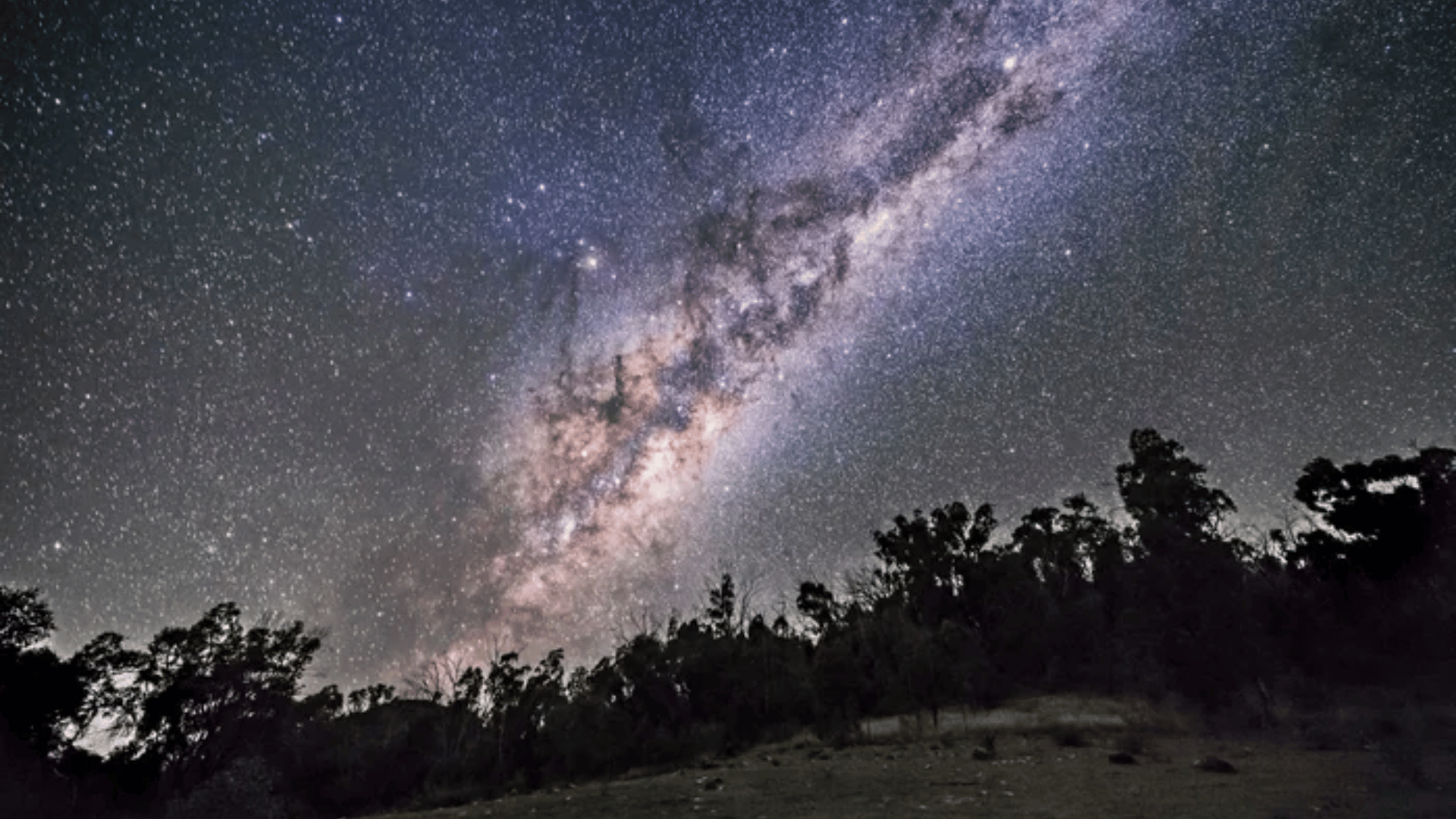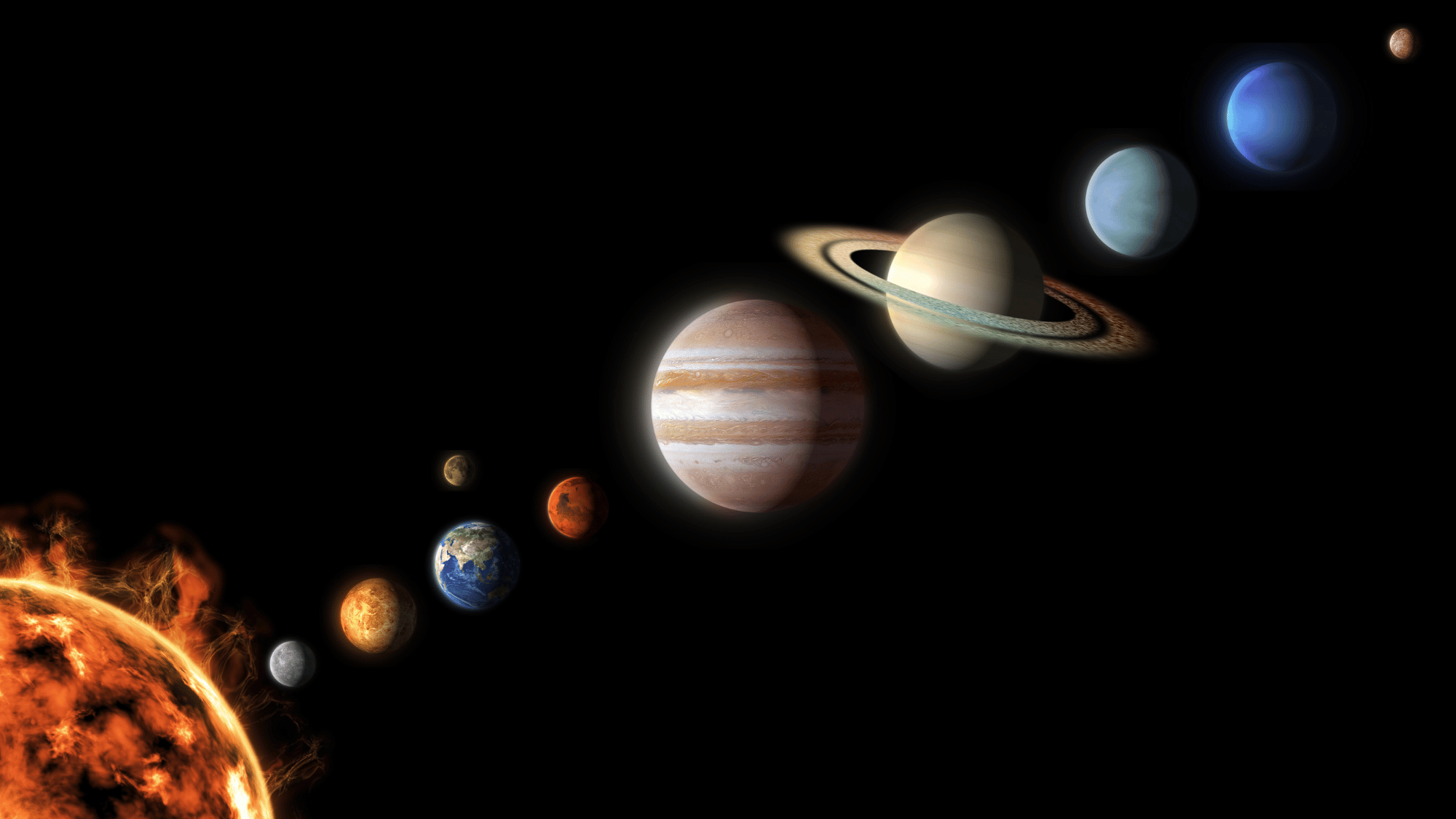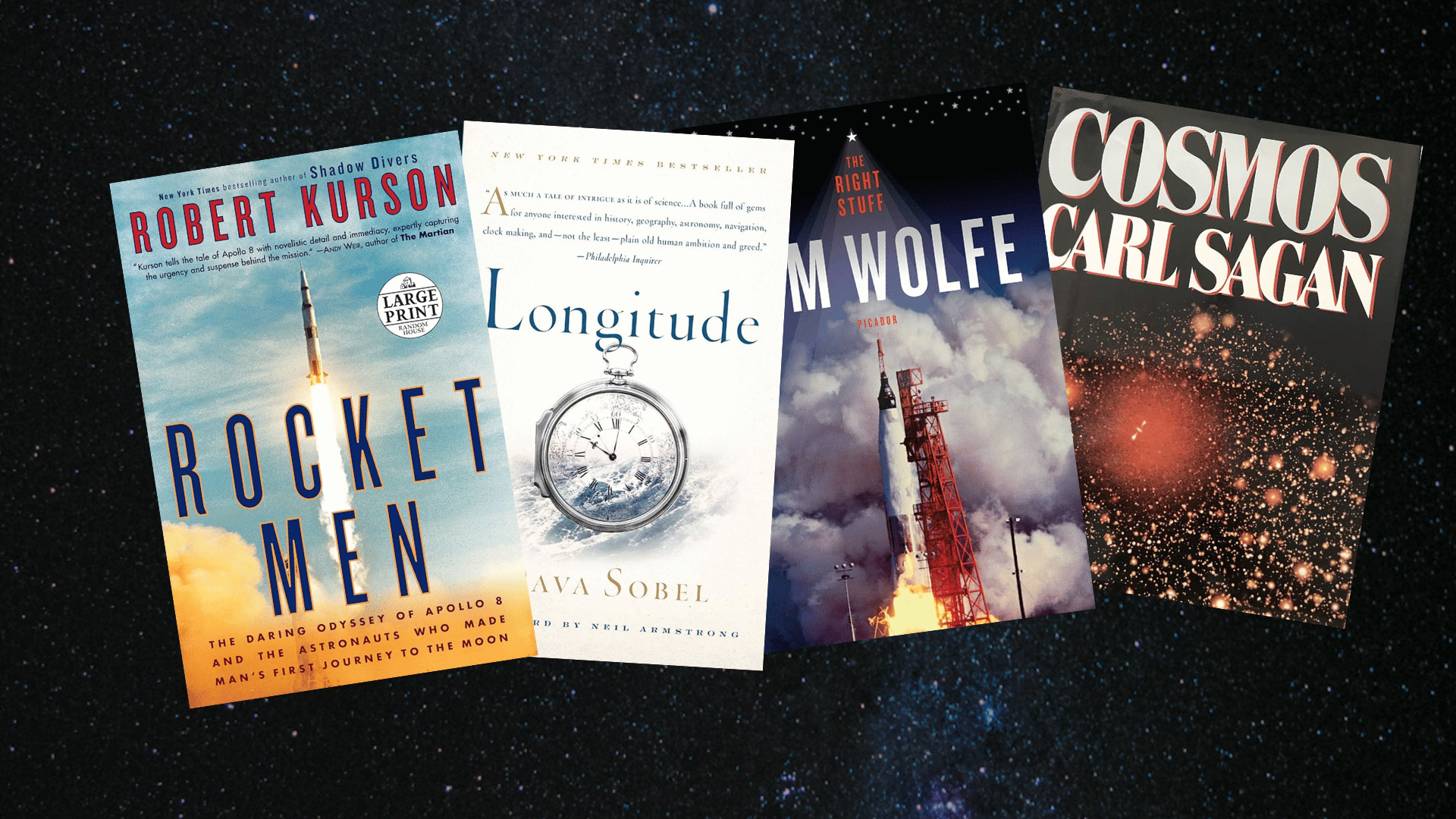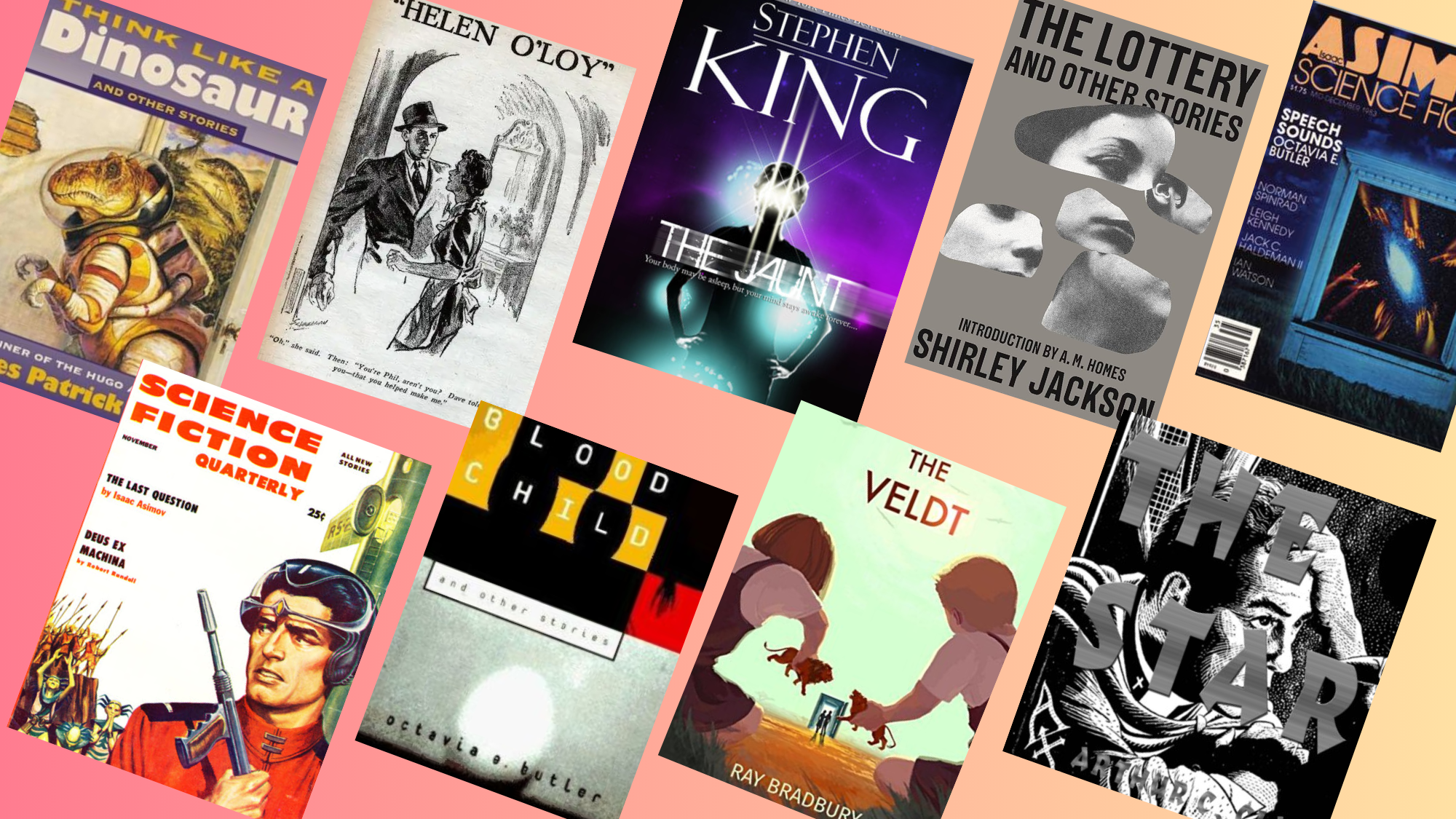Want to see the most stars possible on your next night out? Timing matters more than you might think when it comes to observing the night sky.
The best time for stargazing depends on several factors, like moon phases, seasons, and even the hour you step outside.
Many people assume that any clear night works well, but certain conditions can reveal thousands more stars than others.
Weather, light pollution, and celestial events all play important roles in your viewing experience. Understanding when to look up can change an ordinary night into an unforgettable cosmic path.
Understanding What Affects Stargazing Visibility
Several key factors determine how many stars you can see in the night sky. Light pollution from cities and towns blocks fainter stars, so darker locations always provide better views.
The moon’s brightness also matters greatly since a full moon can wash out dimmer stars and make the sky appear less impressive.
Weather conditions like clouds, humidity, and atmospheric clarity affect your ability to see celestial objects clearly. The best time for stargazing occurs when all these elements align in your favor.
Your eyes also need about 20-30 minutes to fully adjust to darkness, which helps you see fainter stars that weren’t visible at first.
Best Seasons for Stargazing

Image source: BBC
Each season offers unique stargazing opportunities with different constellations, atmospheric conditions, and celestial events appearing throughout the year for observers.
Winter Stargazing
Winter offers some of the clearest skies for observing stars because cold air holds less moisture than warm air. The best time for stargazing during the winter months is between December and February.
You will see bright constellations like Orion, Taurus, and Gemini dominating the sky. The crisp, dry air creates excellent viewing conditions, though you’ll need to dress warmly.
Summer Stargazing
Summer brings warm temperatures that make spending hours outside much more comfortable for stargazers. The Milky Way appears most prominent during the summer months, especially from June through August.
July 15 through August 20 offers peak Milky Way visibility in most locations. Summer also features meteor showers like the Perseids in mid-August.
Spring and Fall Stargazing
Spring and fall serve as transition seasons that offer balanced conditions for viewing different parts of the sky. Spring months from March to May reveal galaxies in the Virgo cluster.
These seasons typically have moderate temperatures and decent atmospheric stability. April 10-30 and October 15-30 often provide excellent conditions.
Best Time to Stargaze at Night
The best time for stargazing during nighttime hours varies based on what you want to observe. The moon’s position and brightness level also change throughout the night. Here are the optimal nighttime windows for stargazing:
- 9 PM to 10 PM: Good starting time after sunset when the sky darkens completely and your eyes begin adjusting to low light conditions.
- 10 PM to Midnight: Prime viewing hours when the sky reaches maximum darkness and atmospheric turbulence often decreases significantly.
- Midnight to 3 AM: Best period for seeing the Milky Way core and faintest deep-sky objects with minimal light interference.
- 3 AM to Dawn: Excellent for viewing planets and constellations that rise in the eastern sky before sunrise begins.
Special Astronomical Events to Watch for Stargazing

Beyond regular stargazing, special astronomical events such as meteor showers and eclipses offer rare opportunities to witness spectacular celestial phenomena throughout the year.
| Event | Best Viewing Time | Frequency | What to Expect |
|---|---|---|---|
| Meteor Showers | After midnight until dawn | Multiple times yearly | Shooting stars streak across the sky, with peak rates of 50-100 per hour. |
| Lunar Eclipse | During the totality phase | 1-3 times per year | Moon turns reddish-orange as Earth’s shadow covers it completely. |
| Solar Eclipse | Mid-morning to afternoon | Every 18 months somewhere | The sun becomes partially or totally blocked by the moon (needs special glasses). |
| Planet Alignments | Evening or morning hours | Several times yearly | Multiple planets appear close together in the sky in a line. |
| Supermoon | All night long | 3-4 times per year | The full moon appears larger and brighter than usual in the sky. |
| Comet Appearances | Pre-dawn or evening hours | Varies by comet | Bright comet with visible tail streaks across the sky for weeks. |
Tips for the Perfect Stargazing Experience
Following proven stargazing tips helps you maximize visibility, comfort, and enjoyment while observing the night sky under optimal conditions.
- Dark location: Find spots away from city lights where the sky appears truly black and stars shine brightly.
- New moon phase: Plan trips during new moon or crescent moon when lunar brightness doesn’t wash out faint stars.
- Weather check: Verify clear skies and low humidity forecasts before heading out to your chosen observation site.
- Eye adaptation: Allow 20-30 minutes in complete darkness for your eyes to reach full sensitivity to starlight.
- Red flashlight: Use red-filtered lights to read star charts without destroying your carefully developed night vision.
- Comfortable setup: Bring blankets, reclining chairs, or sleeping bags to observe the sky comfortably for extended periods.
How Location Affects What You See

Image source: The Guardian
Your location on Earth determines which stars and constellations appear in your night sky throughout the year.
People in the Northern Hemisphere see different celestial objects compared to those in the Southern Hemisphere.
Light pollution from nearby cities severely limits how many stars you can observe during stargazing, with urban areas showing only the brightest objects.
Rural locations far from artificial lights reveal thousands more stars and make the Milky Way clearly visible.
Coastal areas often have clearer skies due to ocean breezes, while mountainous regions offer darker skies at higher elevations with less atmospheric interference affecting your stargazing experience.
Conclusion
Choosing the best time for stargazing can dramatically improve what you see in the night sky.
The moon phase matters just as much as the season, so planning around new moon periods helps you see more stars.
Special astronomical events like meteor showers and eclipses add extra reasons to head outside at specific times. Weather conditions and your location’s light pollution level also play crucial roles in visibility.
Start planning your next stargazing session tonight and see what the universe reveals.


















